Retro Replay Review
Gameplay
At its core, Rebel offers an engaging blend of puzzle-solving and stealth action. Players assume the role of THX2240, who must navigate through ten increasingly complex agridustrial compounds using a stolen Crowd Control vehicle. Each level presents a series of locked doors that can only be opened by redirecting a concentrated solar beam via strategically placed mirrors. This light-based mechanic keeps the gameplay fresh, requiring constant spatial awareness as you adjust mirror angles and account for moving obstacles.
(HEY YOU!! We hope you enjoy! We try not to run ads. So basically, this is a very expensive hobby running this site. Please consider joining us for updates, forums, and more. Network w/ us to make some cash or friends while retro gaming, and you can win some free retro games for posting. Okay, carry on 👍)
Stealth is just as crucial as puzzle-solving. Patrol guards roam each compound on predefined routes, forcing players to plan their mirror setups without being spotted. Unlike many stealth titles, Rebel punishes mistakes harshly: any failed beam attempt deducts a life, adding tension to every interaction. Despite this penalty, the built-in checkpoint system ensures that frustration never overwhelms curiosity, encouraging you to experiment with more daring light paths and riskier guard-avoidance maneuvers.
The difficulty curve in Rebel is well-calibrated. Early levels serve as tutorials for mirror placement and beam manipulation, while later stages introduce moving platforms, timed solar flares, and environmental hazards like dust storms that obscure your line of sight. Collectibles scattered throughout the compounds reward meticulous exploration, offering lore snippets and bonus lives. Overall, the gameplay loop of planning, executing, and adapting to unexpected changes makes each escape attempt feel both challenging and rewarding.
Graphics
Rebel’s visuals adopt a distinctive top-down, pseudo-3D perspective that balances readability with immersive detail. The compounds are rendered in muted earth tones to reflect the oppressive, agrarian-industrial setting, punctuated by the bright gleam of your solar beam and the glint of polished mirrors. This contrast ensures that interactive elements always stand out, reducing frustration when lining up precise shots across complex geometries.
Environmental detail is impressive for a game of this scale. You’ll notice subtle improvements as you advance: dust particles catching sunlight in the breach corridors, weathered metallic textures on control panels, and the occasional flicker of failing neon signs. The dynamic lighting system, which powers the core mirror mechanic, is especially well-executed. Shadows shift convincingly as you rotate mirrors, and solar flares produce brief but dramatic lens flares that heighten the sense of scale.
Character and guard models are simple but effective. Each guard has a distinct patrol uniform, making them easy to identify even in cluttered hallways. Animations—such as the cautious head turns of patrollers or the triumphant rise of the solar beam once aligned—are smooth and punctual. While Rebel doesn’t push the boundaries of modern graphics technology, its cohesive art direction and smart use of lighting make for a visually satisfying experience that complements the gameplay’s tactical demands.
Story
Rebel’s narrative grounds itself in a grim future where agricultural mega-corporations have reduced human laborers to near-slavery. From the opening scenes, the game paints a bleak portrait of a world defined by endless work shifts and dehumanizing regulations. This setting immediately hooks players, establishing a clear “us versus them” dynamic that drives THX2240’s desperate escape.
The protagonist’s name—an obvious homage to George Lucas’s film heritage—sets a cheeky tone, reminding players that while the stakes are high, the game retains a playful spirit. THX2240 herself is a compelling lead: resourceful, determined, and quick-thinking. Her internal monologue, delivered through occasional text scrolls between levels, adds personality without slowing down the action. You learn just enough about her motivations and backstory to empathize with her plight, but Rebel wisely avoids heavy-handed exposition.
Each of the ten compounds feels like a chapter in THX2240’s journey, with environmental storytelling woven into the scenery. Graffiti scrawled on maintenance shafts, faded posters calling for worker rights, and broken factory machinery all hint at the larger socio-political unrest. While the game’s story arc is straightforward—break locks, evade guards, press onward—it remains engaging thanks to its focused pacing and subtle world-building touches.
Overall Experience
Rebel delivers a tightly designed blend of puzzle, stealth, and tactical planning that keeps players invested from start to finish. The mirror-and-beam mechanic is innovative and consistently satisfying, evolving with new challenges that test your puzzle acumen and reflexes. Combined with a stealth component that rewards patience and observation, the gameplay loop never feels stale.
Though its graphics aren’t industry-leading, the game’s cohesive visual style and responsive lighting effects serve the core mechanics brilliantly. Rebel’s art direction supports immersion rather than overshadowing it, and the pseudo-3D top-down view strikes the perfect balance between clarity and atmosphere. Whether you’re navigating dusty corridors or arranging mirrors in sunlit atriums, the game’s environments always feel purposeful and alive.
Rebel’s compact ten-level structure means you can complete the adventure in a focused afternoon session or spread it out over several evenings. Collectibles and optional challenge modes add replay value, encouraging you to experiment with unconventional mirror setups or speedrun tactics. For players seeking a clever, tension-filled experience without endless filler, Rebel stands as an outstanding choice in the puzzle-stealth genre.
 Retro Replay Retro Replay gaming reviews, news, emulation, geek stuff and more!
Retro Replay Retro Replay gaming reviews, news, emulation, geek stuff and more!
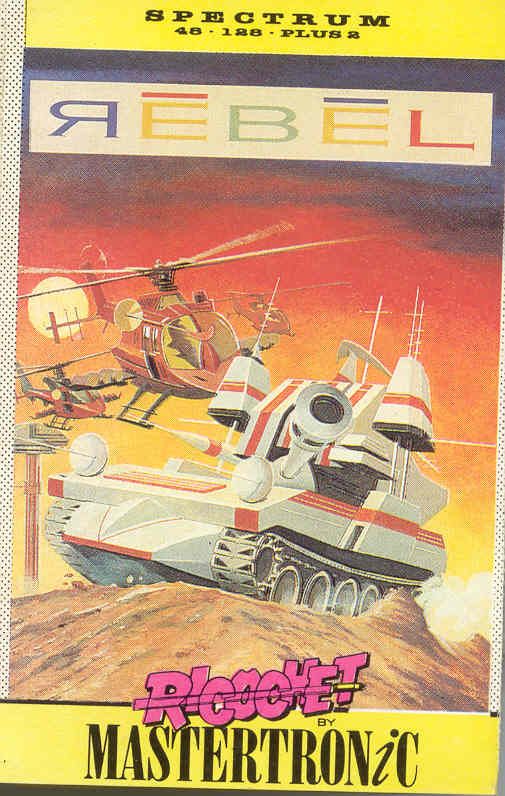
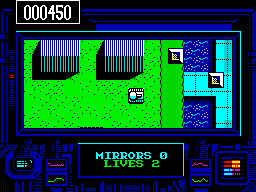
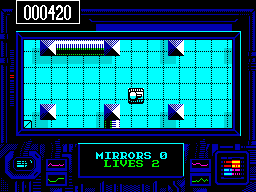
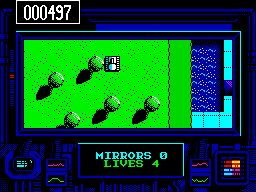
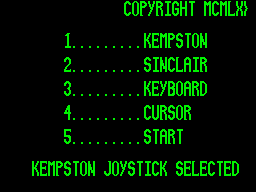
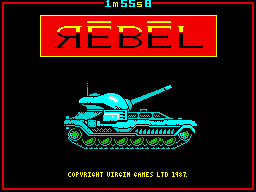



Reviews
There are no reviews yet.